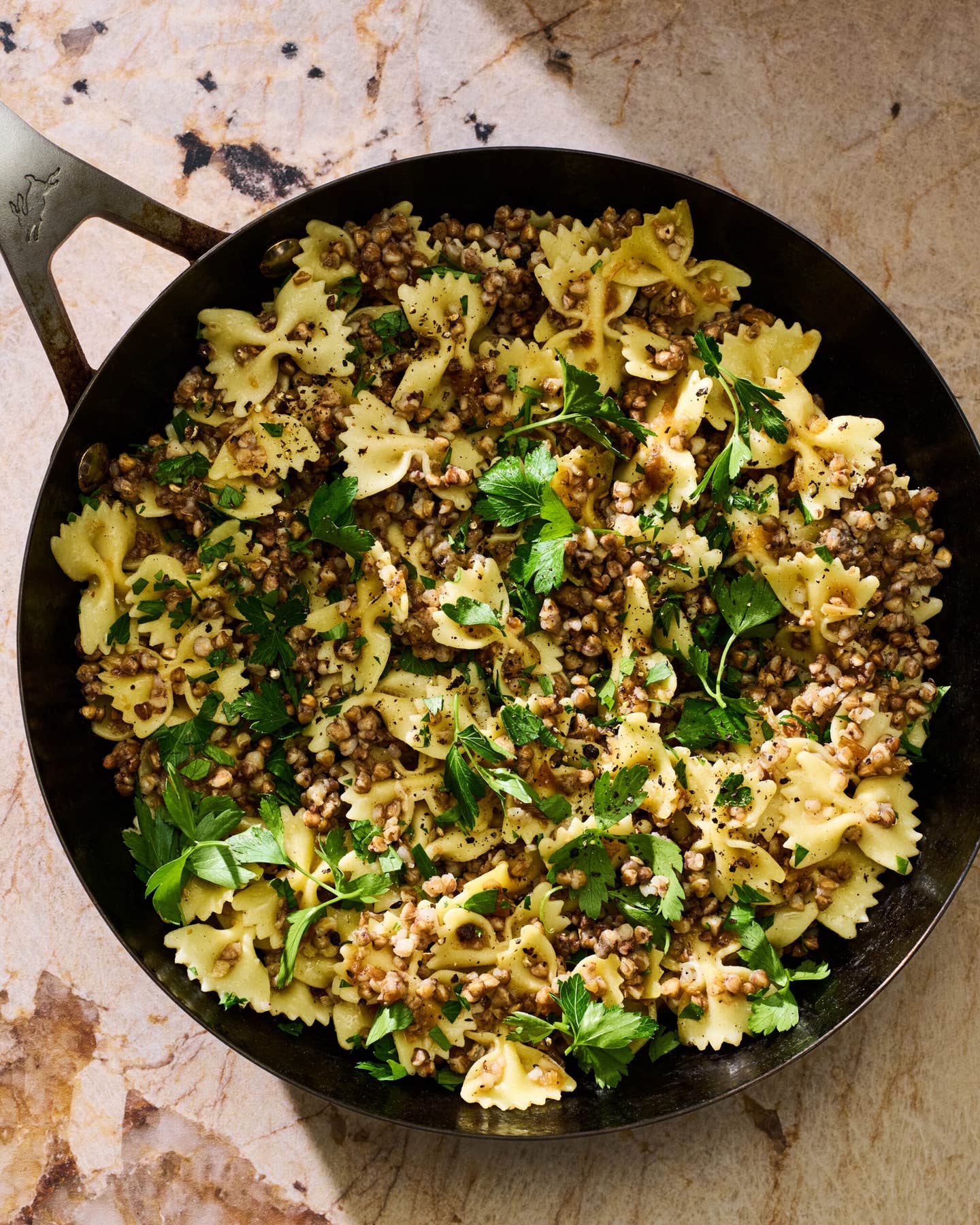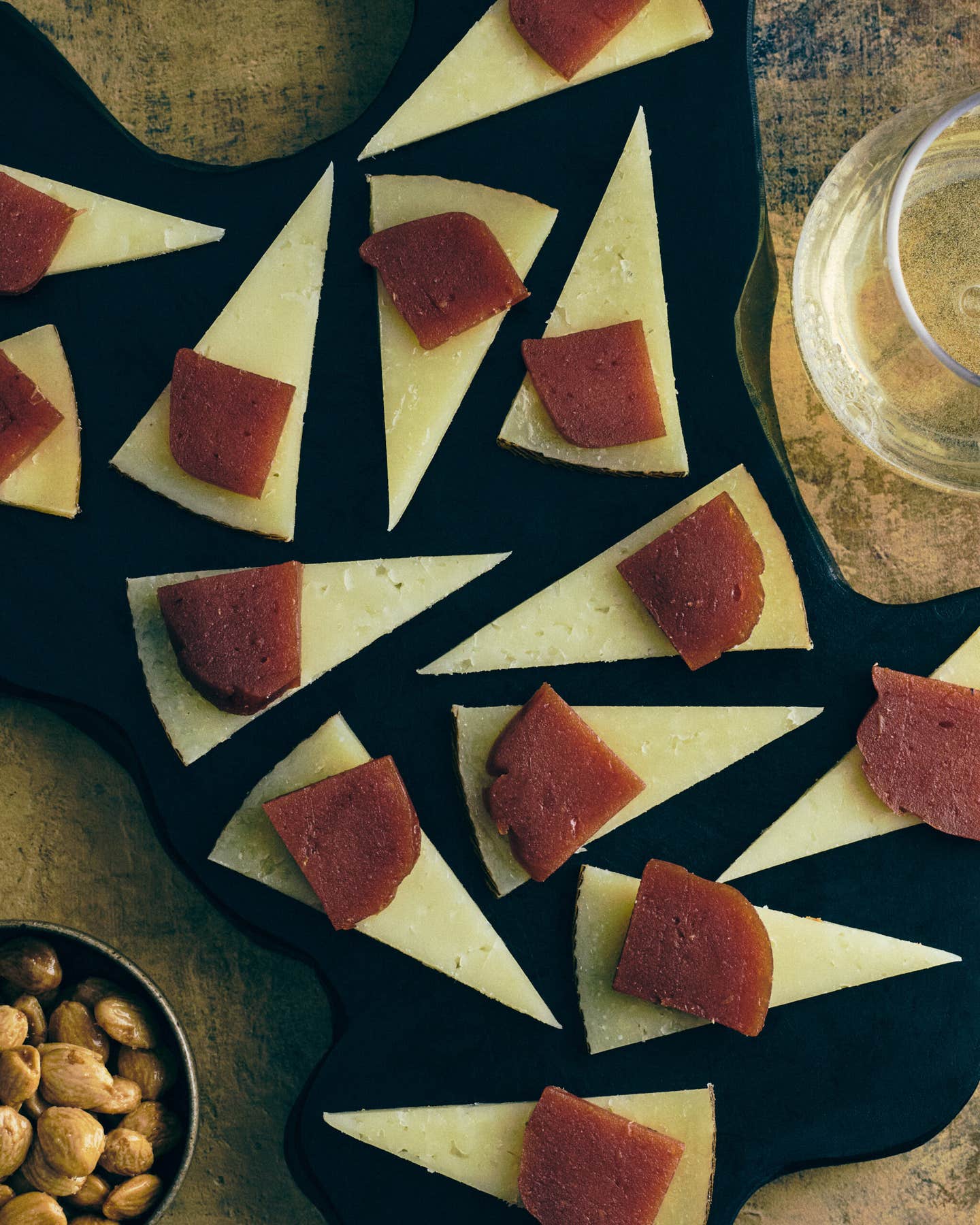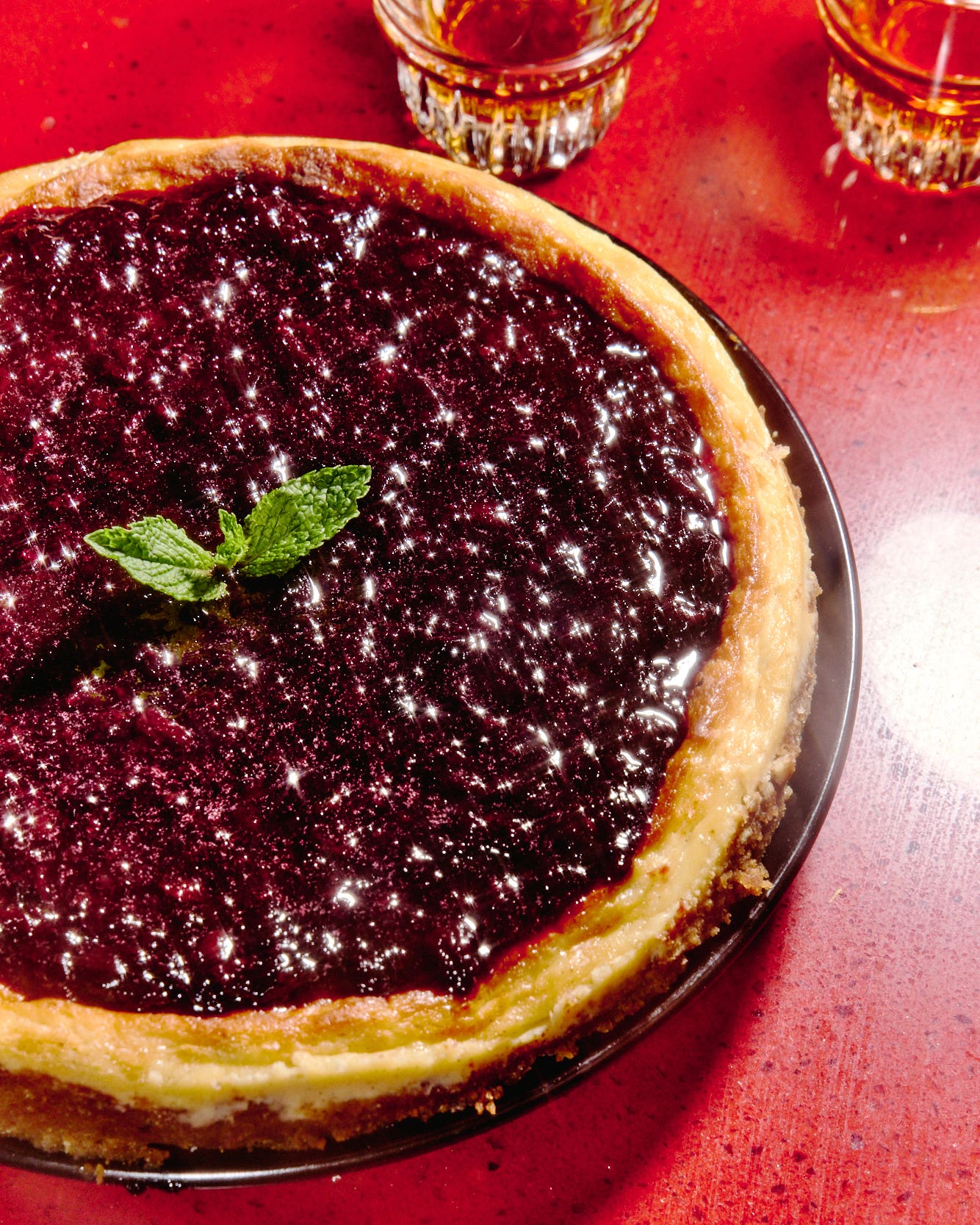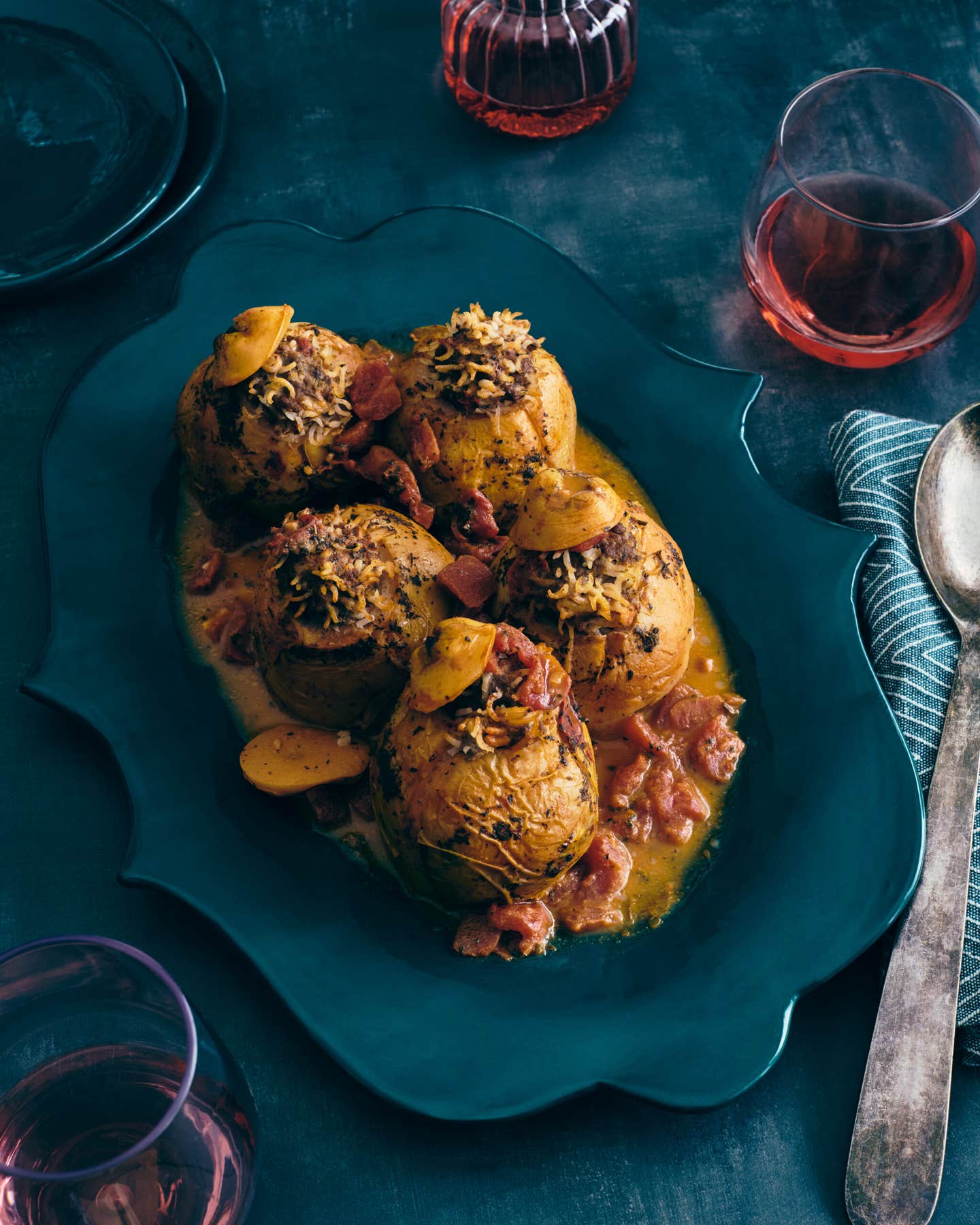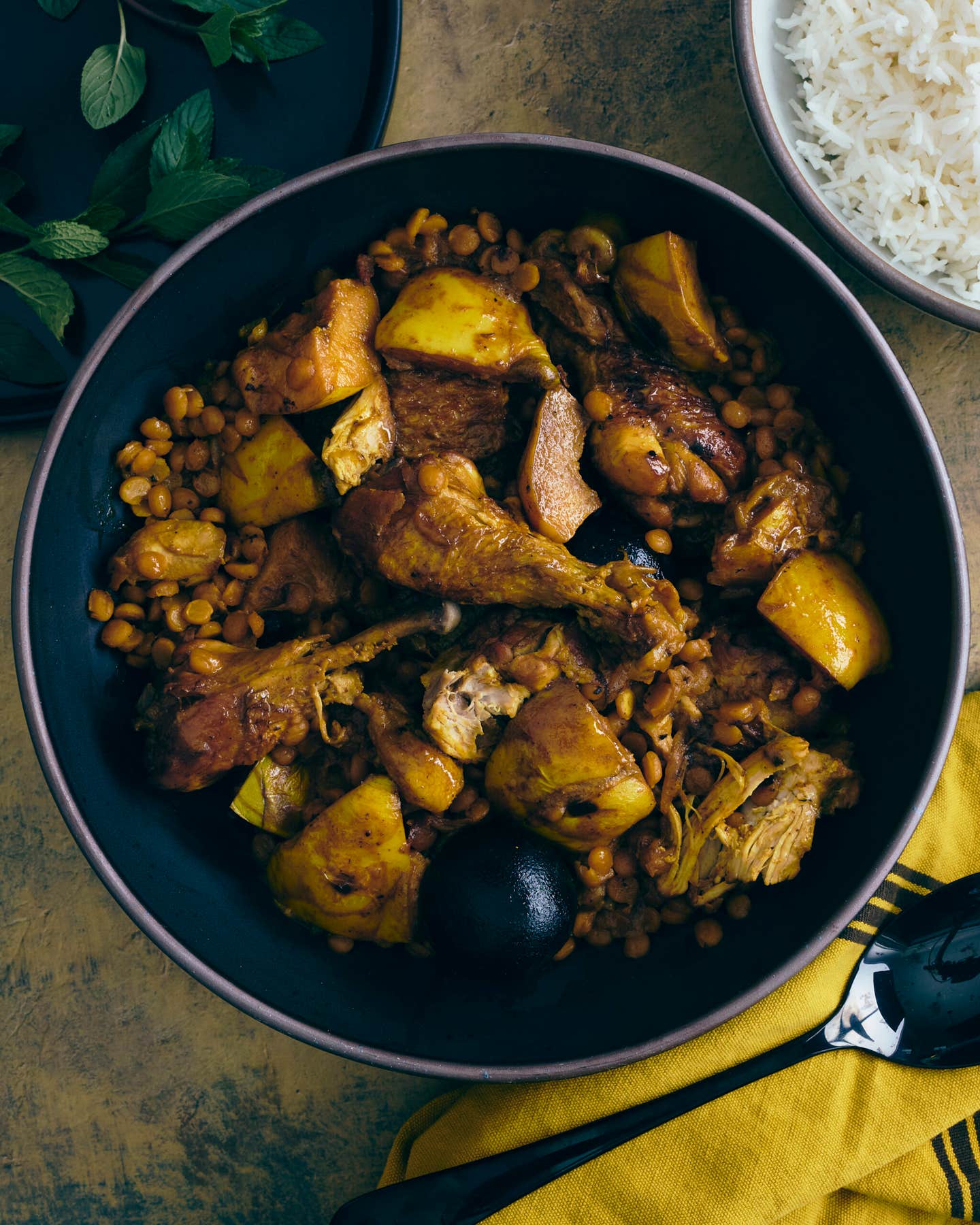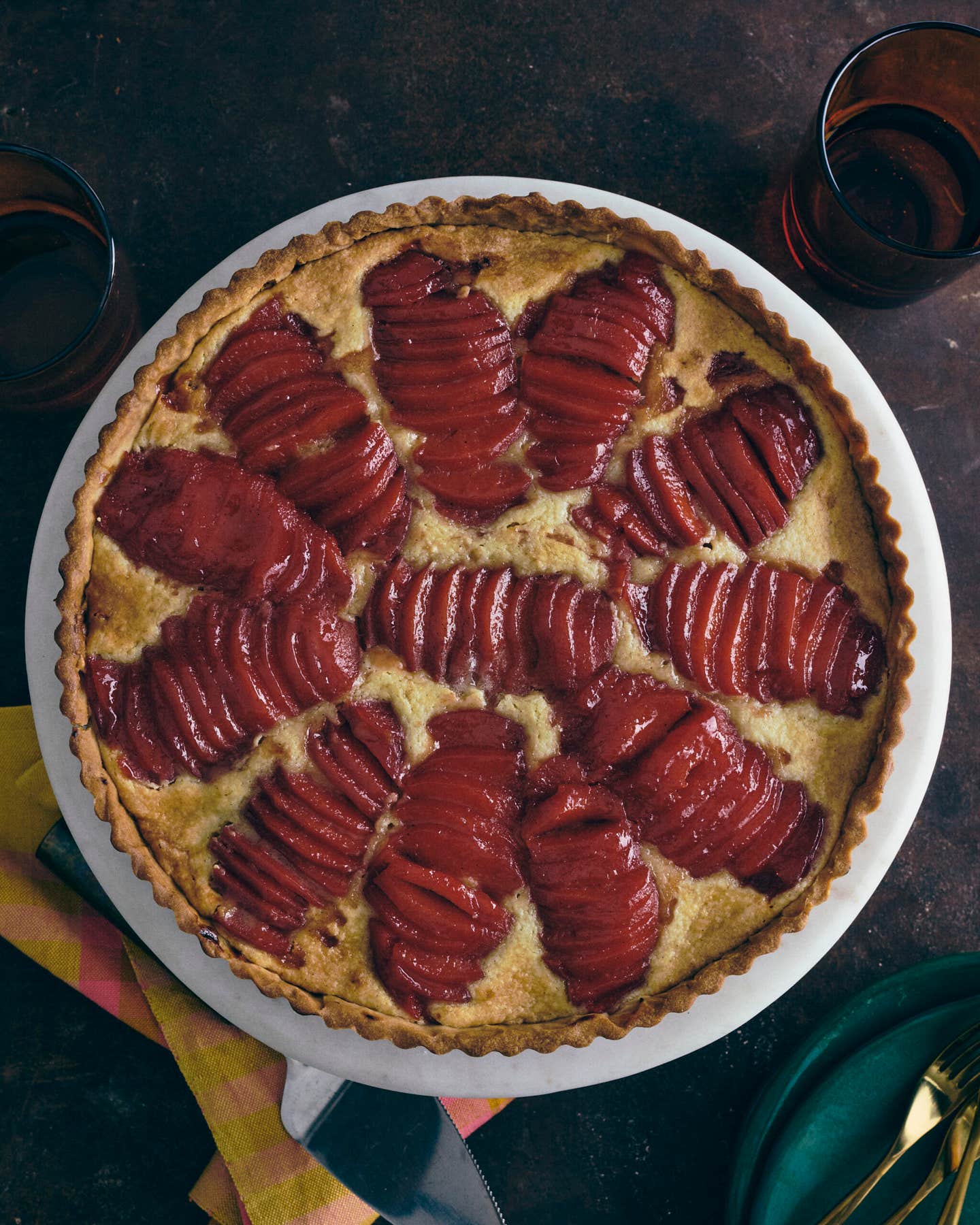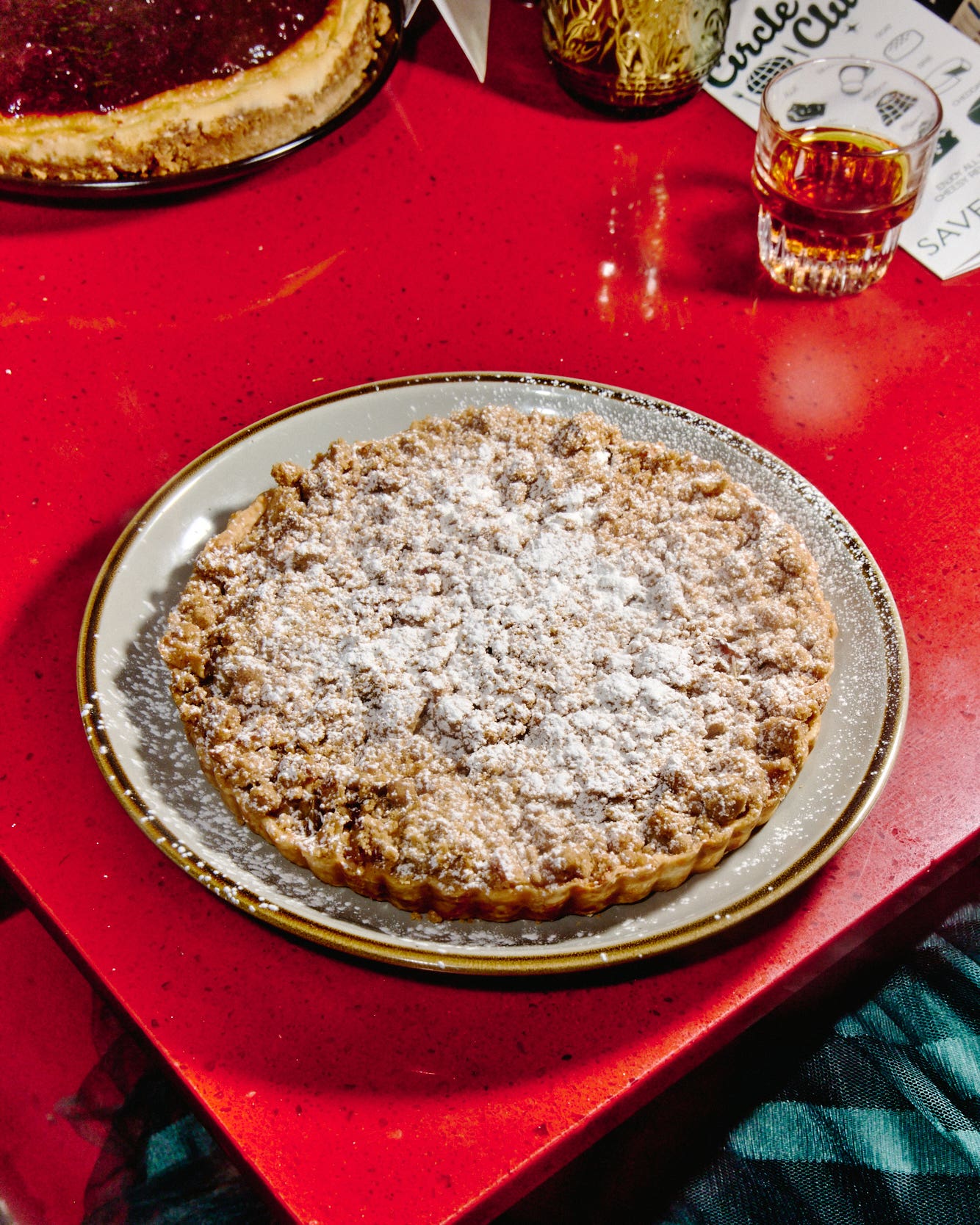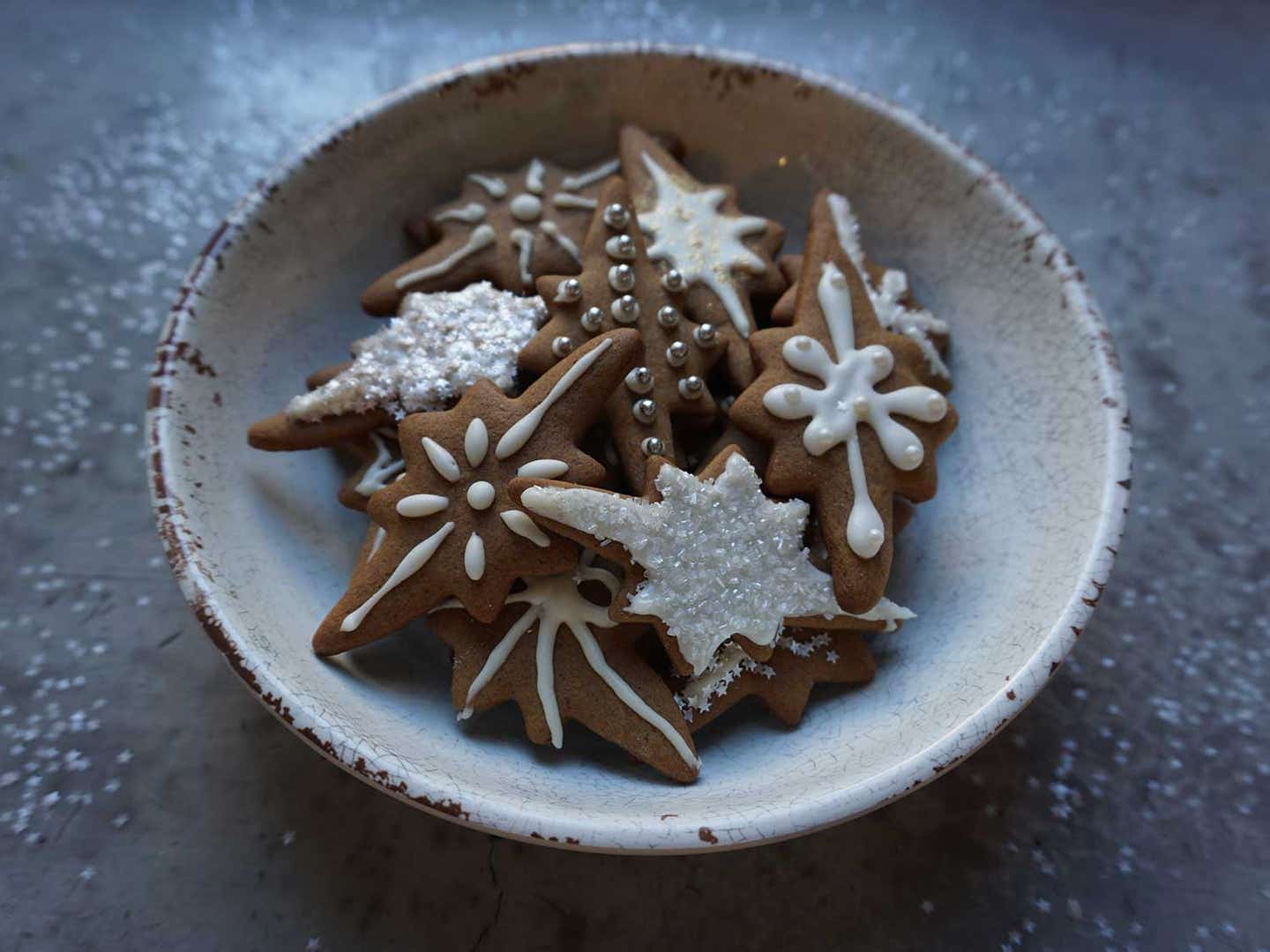
Soft and chewy, not dry or brittle, this recipe was designed for deliciousness rather than just structural soundness. While cookbook author Rebecca Firth doesn’t recommend using this formula to make large gingerbread houses, the cookies will hold up perfectly for smaller structures like these precious, tiny gingerbread cottages.
Firth likes to use a combination of bread flour and all-purpose flour for these easy-to-roll cookies, finding that the additional protein in the bread flour helps to retain gingerbread’s sharply cut shapes.
The frosting recipe is divided into 2 batches with 2 different consistencies. If making miniature gingerbread houses, the thicker paste is ideal for coating and “cementing” the pieces upright, while the thinner version is best for piping and decorating only. If making simple gingerbread cookies, skip the thicker icing entirely.
Adapted from Rebecca Firth's book, The Cookie Book (Page Street Publishing Co., 2018)
What You Will Need
Ingredients
For the cookies:
- 12 tbsp. (6 oz.) unsalted butter, softened
- 3⁄4 cup (5½ oz.) light brown sugar, packed
- 3⁄4 cup molasses
- 1 large egg, at room temperature
- 1 tbsp. whole milk
- 2 tsp. pure vanilla extract
- 2 cups bread flour
- 1 1⁄2 cups all-purpose flour
- 1 tbsp. cinnamon
- 1 tbsp. ground ginger
- 1 tsp. allspice
- 1 tsp. kosher salt
- 1⁄2 tsp. baking soda
- 1⁄2 tsp. ground cardamom
- 1⁄2 tsp. Ground cloves
- 1⁄2 tsp. freshly grated nutmeg
For the royal icing:
- 4 large egg whites, divided
- 8 cups powdered sugar, divided
- 5-6 tbsp. water
Instructions
Step 1
Step 2
Step 3
Step 4
Step 5
Step 6
Step 7
Step 8
Step 9
Step 10
- In a stand mixer fitted with the paddle attachment, add the butter and brown sugar and mix on medium speed until smooth, 3–4 minutes. Add the molasses and continue mixing until smooth, scraping down the sides and bottom of the bowl occasionally. Add the egg, milk, and vanilla and continue mixing until homogenous, about 2 minutes more.
- In a medium bowl, whisk the bread flour, all-purpose flour, cinnamon, ginger, allspice, salt, baking soda, cardamom, cloves, and nutmeg. Add the flour mixture to the butter mixture, then mix on low speed until completely blended.
- Lightly flour a clean work surface, and transfer the dough out onto it. Divide the dough into two equal halves and press each half into a 1-inch thick rectangle. Wrap the rectangles tightly in plastic wrap and transfer to the fridge until firm, at least 1 hour or up to 3 days.
- Retrieve the dough and let it sit at room temperature for 8–10 minutes to soften slightly. Unwrap one piece of dough, dust it lightly all over with all-purpose flour, then place it between two large sheets of parchment paper. Using a rolling pin, roll the dough between the sheets until it is an even ¼-inch thick. (If using a round cutter, you can roll the dough a little bit thicker; if using an intricate cookie cutter, be sure to roll down to ¼ inch.) Use the parchment to slide the sheet of dough onto a baking sheet or large, flat platter and freeze for 15 minutes or refrigerate for 30 minutes while you roll out the other dough piece.
- Set a rack in the center of the oven and preheat to 350°F. Line 2 baking sheets with parchment paper and set them aside.
- Take one prepared sheet of dough out of the freezer or fridge and set it on a clean work surface. Lightly sprinkle the surface with flour and dip your cookie cutter or paring knife in flour. Quickly press or cut as many shapes as possible out of the dough, then use a thin spatula to transfer the cookies to the prepared baking sheets, leaving about 1 inch between each cookie (they won’t spread much). Repeat with the other rectangle of dough, then gather and re-roll the scraps of dough once, chill, and continue cutting more cookies.
- Freeze for 15–20 minutes or refrigerate for 20–30 minutes to firm, then transfer immediately to the oven and bake, one pan at a time, until the cookies are lightly browned at the edges but still soft, 8–9 minutes (do not overbake). Let cool for 5 minutes on the baking sheet, then transfer to a rack to finish cooling while you continue baking the rest of the cookies in this manner. (Run the baking sheets under cool water and wipe dry between batches if you need to reuse them.)
- While the cookies are cooling, mix the royal icing. If making both batches of icing, start with the thicker consistency: In a stand mixer fitted with the whisk attachment, add 2 egg whites and whisk on medium speed until frothy, 1–2 minutes. Turn the mixer down to low, then slowly add 4 cups of powdered sugar, mixing until completely incorporated. Drizzle in 2–3 tablespoons of cold water and mix until completely combined (if you live in a humid environment, start with just 2 tablespoons of water, then thin as needed with the remaining tablespoon). Mix on high speed and mix until glossy and stiff, 3–4 minutes more. Immediately transfer the icing to a pastry bag fitted with an Ateco tip 800 or to a heavy-duty resealable plastic bag with one corner snipped off to create a ⅓-inch-wide opening. Cover the tip or the cut corner with a damp cloth until you are ready to use to keep the icing from drying out.
- Next, make the thinner icing: In the same bowl, add the remaining 2 egg whites and whisk on medium until frothy, 1–2 minutes. Turn the mixer down to low, then slowly add the remaining 4 cups powdered sugar until it is completely incorporated. Drizzle in 5–6 tablespoons of cold water and run the machine until the mixture is smooth (if you live in a humid environment, start with 5 tablespoons of water, then thin as needed with the remaining tablespoon). Increase to high speed and continue mixing until glossy and slightly stiffened, 3–4 minutes more. Immediately transfer the icing to a pastry bag fitted with a Wilton tip 2 or heavy duty resealable plastic bag with one corner snipped off to create a 1⁄8-inch-wide opening. Transfer the remaining ⅓ of the icing to a pastry bag fitted with a Wilton tip 15 or heavy duty resealable plastic bag with one corner snipped off to create an ⅛-inch-long opening. Cover the tip or the cut corner with a damp cloth until you are ready to use to keep the icing from drying out.
- When the cookies are completely cooled, use the icing to decorate as desired or to build miniature gingerbread houses. Let dry completely at room temperature. Serve, or transfer to an airtight container and use within 4 days.
Keep Reading
Continue to Next Story

